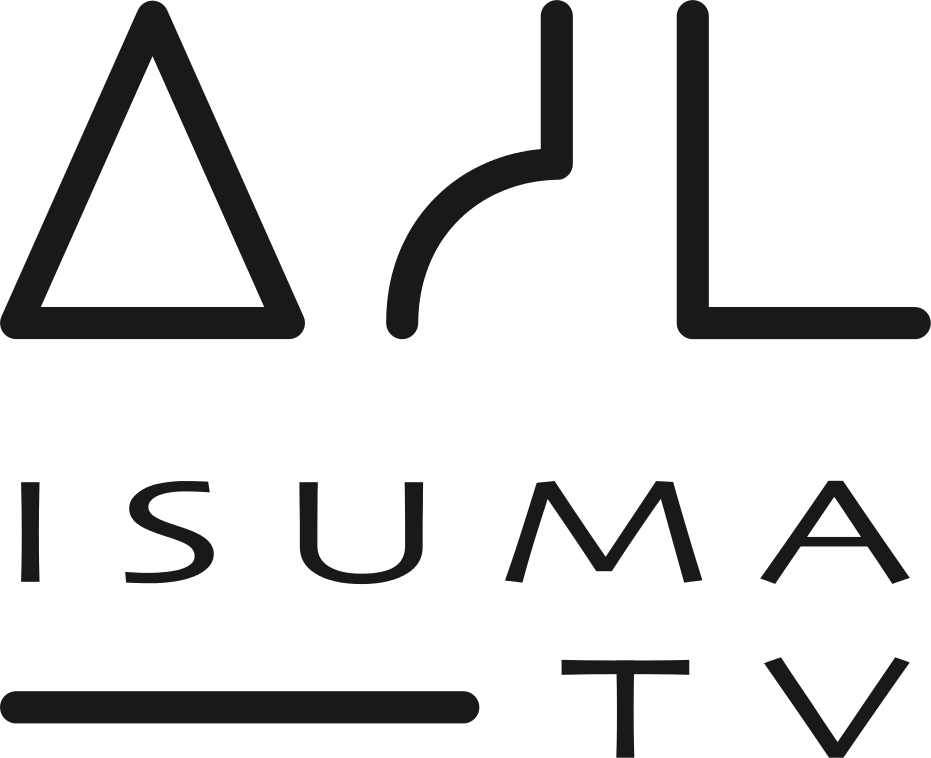
What is an HRIA? Part 1: Human Rights Impact Assessment of Baffinland's Mary River Project
What is an HRIA? Part 1: Human Rights Impact Assessment (HRIA) of Baffinland's Mary River Project, May 17, 2012 (Download complete PDF at left)
Human rights impact assessments (HRIAs) are tools that allow stakeholders of a proposed business operation and investment to understand the potential positive and negative impacts in terms of human rights. In the context of the Baffinland mine, the main focus will be on the potential impacts on the Inuit of Nunavut and other stakeholders as potential employees of the mine; as project-affected communities; and, as potential suppliers or business associates of the mine. The HRIA will assess the role and responsibilities of government agencies and the company to protect, respect and remedy potential impacts on human rights, as defined by international human rights law and compared with good practices for the extractive industry. The assessment will be undertaken through a participatory process where all stakeholders will be invited to present their views.
HRIAs are a relatively new field of impact assessment. They are the younger sibling of environmental and social impact assessment, but bring value-added through an explicit human rights focus and rights-based approach to the conduct of the assessment.1 For instance, in the 5,000+ pages of the Mary River FEIS, “human rights” are mentioned only 3 times.2 While it is agreed and understood that good-practice environmental and social impact assessments will cover many important human rights issues, they do so implicitly and often without adequate reference to the relevant international standards. There is value in making more explicit the linkages between human rights and the policies, commitments and measures contained in the FEIS—so that all stakeholders are informed of their rights and responsibilities.
As the Baffinland mine is currently in a review process before the Nunavut Impact Review Board, the assessment is forward-looking and will focus on the issues, potential impacts and mitigation measures contained in the Environmental Impact Statement (EIS), as well as the policies and procedures being put in place by Baffinland for the development of the Mary River project. It will focus on both the potential positive impacts (opportunities) and negative impact (risks) on human rights of the proposed mine.
Human rights impact assessments also have important capacity-building potential: through the conduct of a rights-based, transparent and participatory HRIA, stakeholders can learn about their rights and can express their concerns and expectations about a proposed business operation and investment. Furthermore, digital media, video and radio will be used where appropriate in the conduct of the HRIA in order to respect the language, oral tradition and cultural rights of the Inuit.





